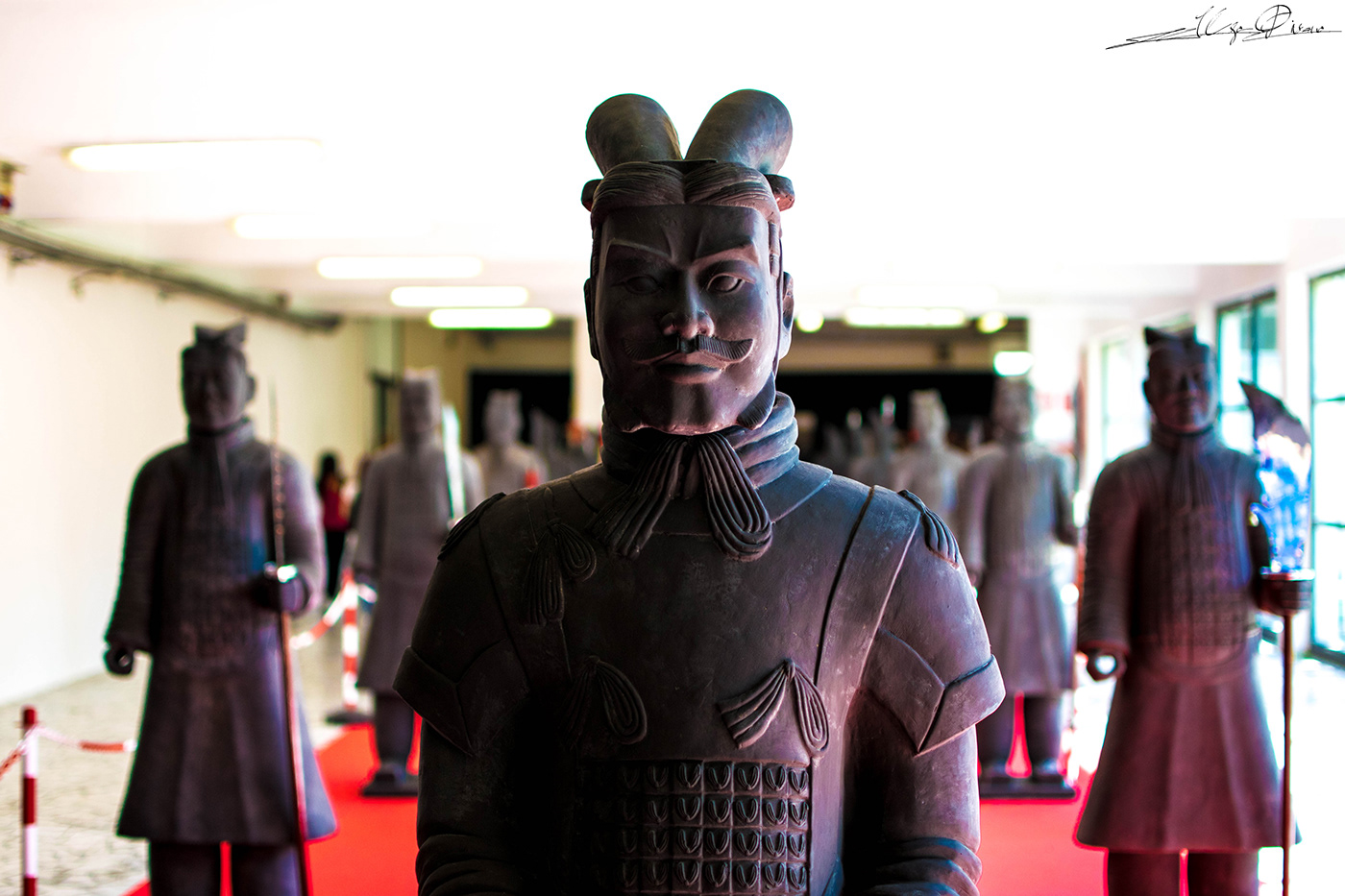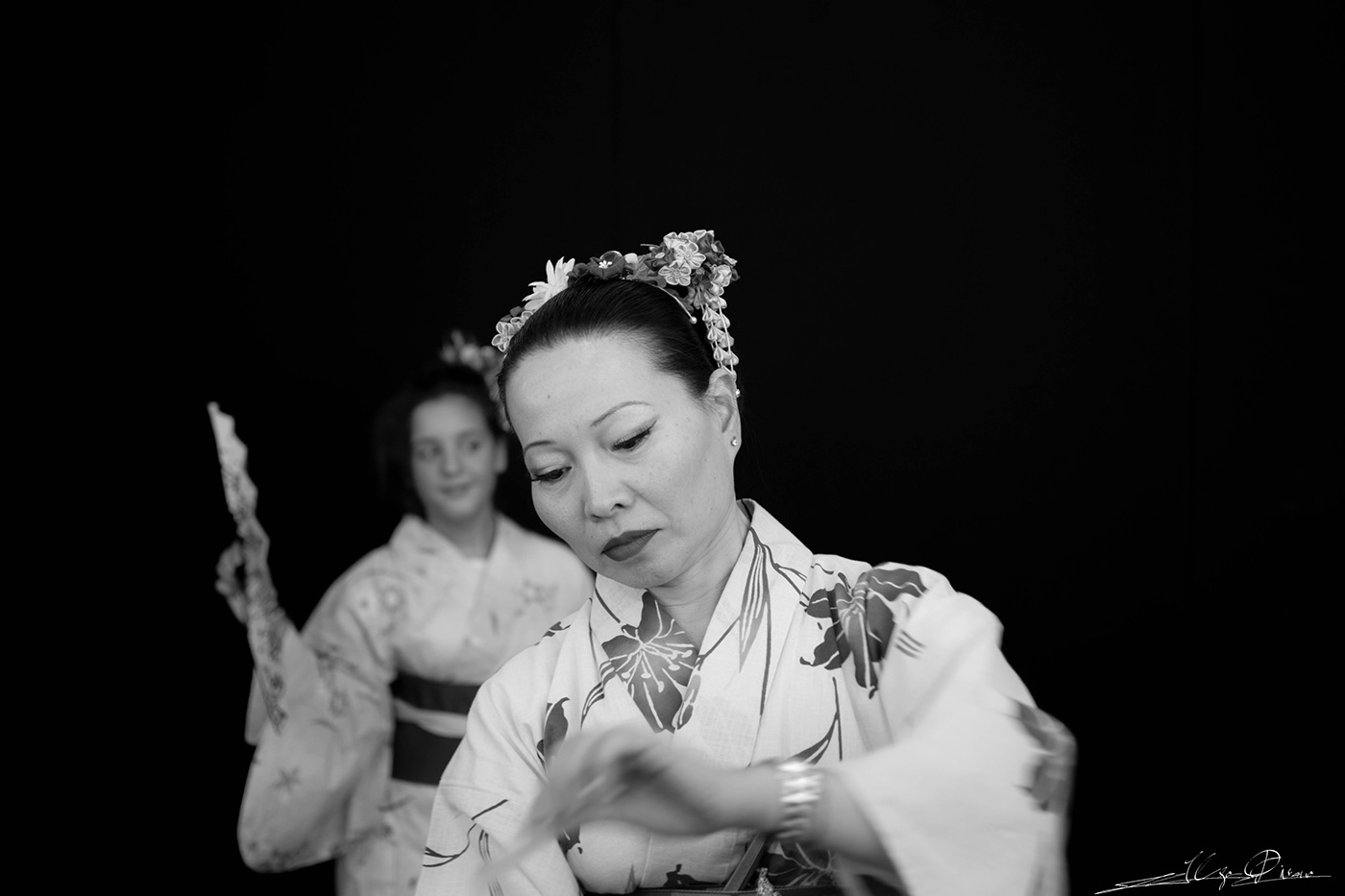Oriental Art

Chinese ritual bronzes from the Shang and Western Zhou dynasties come from a period of over a thousand years from c. 1500, and have exerted a continuing influence over Chinese art. They are cast with complex patterned and zoomorphic decoration, but avoid the human figure, unlike the huge figures only recently discovered at Sanxingdui.

Katana are traditionally made from a specialized Japanese steel called tamahagane, which is created from a traditional smelting process that results in several, layered steels with different carbon concentrations.This process helps remove impurities and even out the carbon content of the steel. The age of the steel plays a role in the ability to remove impurities, with older steel having a higher oxygen concentration, being more easily stretched and rid of impurities during hammering, resulting in a stronger blade. The smith begins by folding and welding pieces of the steel several times to work out most of the differences in the steel. The resulting block of steel is then drawn out to form a billet.

The hairstyles of geisha have varied through history. In the past, it has been common for women to wear their hair down in some periods and up in others. During the 17th century, women began putting all their hair up again, and it is during this time that the traditional shimada hairstyle, a type of chignon worn by most established geisha, developed.
There are two major types of the shimada seen in the karyukai: the Taka Shimada, a high mage (high section) usually worn by young, single women and the Tsubushi Shimada, a more flattened mage generally worn by older women Additional hairstyles for maiko include Wareshinobu, Ofuku, Katsuyama, Yakko Shimada, and Sakkō. Maiko of Pontocho will wear an additional six hairstyles leading up to Sakkō, including Oshidori, Kikugasane, Yuiwata, Suisha, Oshun, and Osafune.

The history of a unified Tibet begins with the rule of Songtsen Gampo (604–650 CE), who united parts of the Yarlung River Valley and founded the Tibetan Empire. He also brought in many reforms, and Tibetan power spread rapidly, creating a large and powerful empire. It is traditionally considered that his first wife was the Princess of Nepal, Bhrikuti, and that she played a great role in the establishment of Buddhism in Tibet. In 640 he married Princess Wencheng, the niece of the powerful Chinese emperor Taizong of Tang China.



